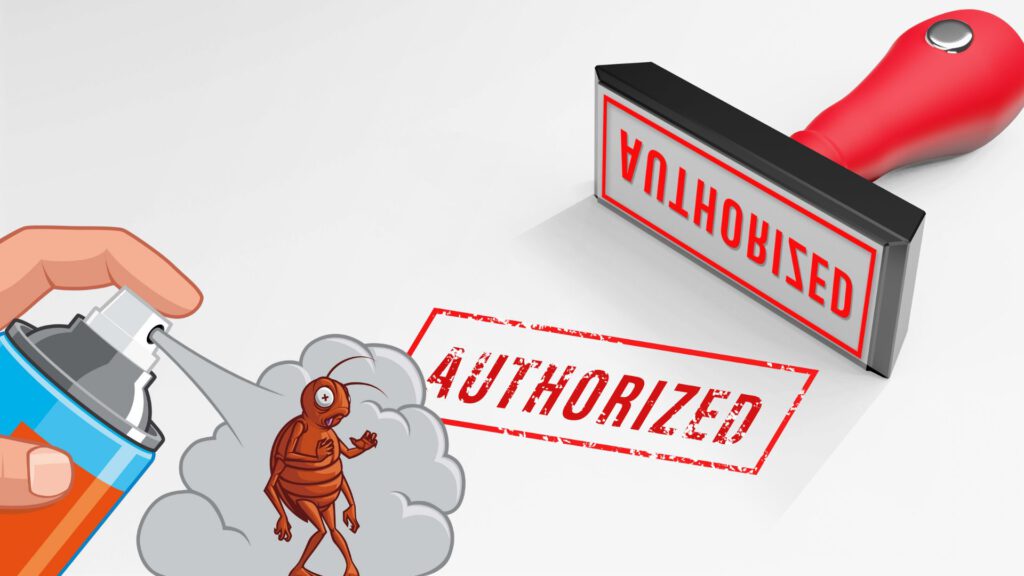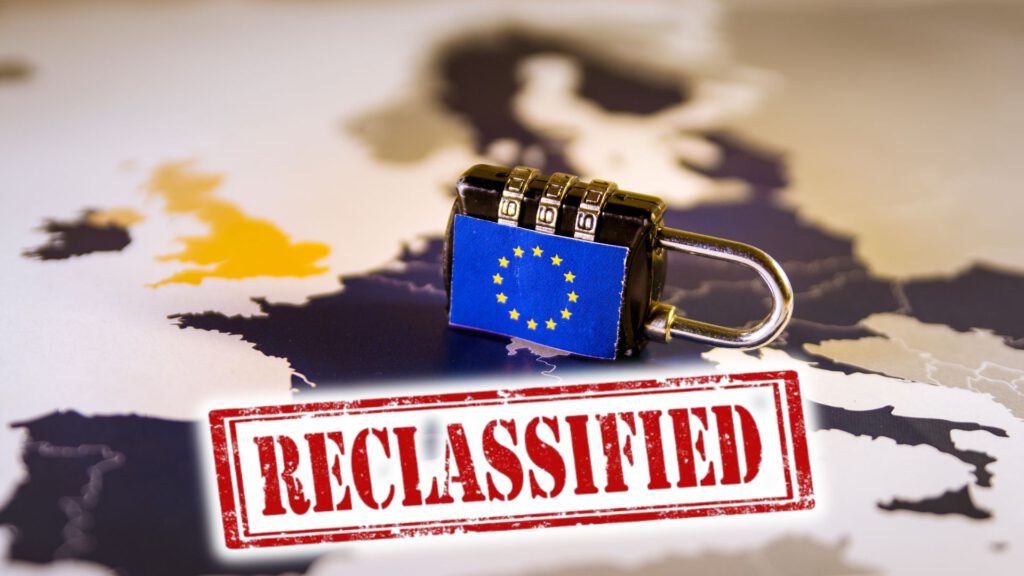The use of ethanol (CAS No. 64-17-5) as a biocidal active substance in disinfectants is common in the EU. Ethanol for product-types 1, 2 and 4 will be discussed on the Biocidal Products Committee and the approval process is expected to be nearing completion. The potential for restrictive classification under CLP and predictions of a short deadline for submission of applications mean that planning ahead for your application for product authorisation to an assessment body is more important than ever.
Ethanol is a vital ingredient used safely worldwide in various products for skin and surfaces, including detergents and biocides. With its broad-spectrum disinfectant properties, it plays a crucial role in ensuring health and safety. Ethanol effectively eliminates bacteria, viruses, and fungi, making it indispensable in cleaning and disinfecting products like hand sanitizers and surface disinfectants. It also serves as a solvent in multiple sectors, such as surface cleaners, pest control products, and perfumes.
The unique properties of ethanol allow it to dissolve active ingredients that are insoluble in water while ensuring their stability throughout a product’s shelf life. Once applied to a surface, the solvent evaporates rapidly, leaving behind only the active substance’s benefits. This makes ethanol particularly valuable in products requiring quick drying, such as skin repellents, insecticides, and cosmetics. Its safety profile allows its use at concentrations higher than thresholds for classification as carcinogenic or toxic for reproduction.

Substitution and Approval Process for Active Substances under the BPR
Under the European Biocidal Products Regulation (BPR), substances that meet substitution criteria are listed as Candidates for Substitution (CfS) by ECHA, signaling potential replacement by safer alternatives. These substances undergo strict approval processes and are subject to eventual phase-out. ECHA engages in public consultations to assess alternatives before recommending approvals or renewals to the European Commission.
The BPR prohibits the authorization of substances identified as carcinogenic, mutagenic, reproductive toxicants, endocrine disruptors, or as persistent and bioaccumulative (PBT/vPvB), unless they are used in controlled environments, significantly reduce risks, or are indispensable for managing critical health or environmental threats with no alternatives.
For such exceptions, the approval conditions are stringent, generally limiting authorization to five years with strict usage restrictions Member States are responsible for ensuring compliance with these conditions.

Prepare for BPR authorisation of biocidal products
The ongoing consultation by the European Chemicals Agency (ECHA) to evaluate ethanol’s approval and explore alternatives will remain open until April 30, 2025. The Biocidal Products Committee (BPC) is expected to publish its opinion on ethanol for PTs 1, 2, and 4 by the end of this year. Following this, the EU Commission will set a submission deadline for product authorisation, potentially within 12 months.
As ethanol is likely to be classified as a Substance of Concern (SoC) for re-evaluation, stricter trigger values under CLP regulation could impact many products on the market. This reinforces the importance of timely preparation of product authorisation applications. Limited availability of contract laboratories for required testing could further delay the process.
Recommendations To avoid last-minute challenges, it is recommended to begin preparing product authorisation documentation early. This applies to both single products and complex product groups. Early preparation ensures compliance with regulatory deadlines and allows for smoother authorisation procedures.

Timeline and application preparation
Currently, ethanol is undergoing assessment under the European Union’s Biocidal Products Regulation (BPR), which aims to evaluate active substances present on the EU market in 2000. The European Chemicals Agency (ECHA) has initiated consultations to explore potential alternatives to ethanol and determine approval conditions. This consultation process remains open until April 30, 2025. The decision on ethanol’s approval depends on the evaluation of its risks and benefits, which may result in specific conditions or restrictions if approved.
Substances meeting exclusion criteria outlined in Article 5(1) of the BPR—including carcinogens, mutagens, endocrine disruptors, and those classified as persistent, bioaccumulative, or toxic—are typically not approved. However, exceptions may apply under Article 5(2), provided it is demonstrated that:
- Risks to humans, animals, or the environment under realistic worst-case conditions are negligible, particularly with products used in closed systems or under controlled conditions.
- The substance is essential for preventing or controlling serious threats to human, animal, or environmental health.
- Non-approval would disproportionately negatively impact society compared to the potential risks associated with its use.
The publication of the opinion of the Biocidal Products Committee (BPC) on the approval of ethanol as a biocidal active substance for product-types (PT) 1 (human hygiene), 2 (disinfection of hard surfaces) and 4 (disinfection of hard surfaces in contact with food) has been expected for several years. However, it is expected that the final text of this opinion should be available by the end of this year. The subsequent deadline for submitting applications for product authorisation, which will be set by the EU Commission’s approval decision, could be up to 12 months.
Once approved as a biocide in PT 1, 2 and 4 following re-classifications, the active substance will be fully included in the evaluation of all PTs as a SoC (Substance of Concern). Furthermore, even if we all hope that trigger values will be set for the carcinogenic and reprotoxic categories higher than those currently provided by default in the CLP regulation, it will necessarily lead to a re-evaluation of a big quantity of products sold today on the consumer market.
Therefore, confirming the approval date will create pressure to prepare the documentation for authorization. The availability of contract laboratories to perform tests is very limited and is likely to be further restricted once ethanol has been formally approved. As a result, we recommend that you start preparing product authorisation applications early, whether for a single product or complex product groups.
Potency testing
In December 2023, the Technical Agreements for Biocides (TAB) for the effectiveness of PTs 1 to 5 disinfectants were updated with 3 important rules:
1. For mandatory target organisms (e.g. bacteria and yeasts) within the same use, the same concentration and contact time should now be declared.
2. For optional target organisms within the same use, the article may not declare a shorter contact time and/or a lower concentration of use than that declared for basic mandatory organisms.
3. For optional target organisms within the same use, subject to Rule 2, the product shall obtain higher concentrations of use or longer contact times than those reported for basic POPs, if the data identify that this is necessary to meet the relevant criteria.
However, in general, it is preferable that the declared contact time and concentration of use be the same for mandatory and optional target organisms in order to avoid confusion between users.
It is important to take these new rules into account when optimising the efficacy testing strategy for the biocidal product family, where testing should focus on covering all product label claims (target organisms and conditions of use) across the group.
Proposed amendment to the harmonised classification of ethanol
Ethanol is currently included in Annex VI to Regulation (EC) No 1272/2008 (CLP Regulation) with a harmonised classification as a Category 2 (H225) flammable liquid. The competent authority that evaluates ethanol under BPR Regulation (EU) No 528/2012 proposes a stricter classification of the hazards of ethanol as follows:
• Flammable Liquid 2 (H225)
• Eye Irritant 2 (H319)
• Reproductive toxicity 2 (H361d)
• Effects on or via lactation (H362)
• Stott to 3 (H336)
• STOT RE 2 (H373)
If this proposed hazard classification is adopted, it will have an impact on the labelling of ethanol-based disinfectants in the range PT 1, 2 and 4, which may lead to a decrease in the acceptance of ethanol-based products by certain groups of end-users (e.g. healthcare facilities and the general public), in particular for products applied directly to the skin (PT 1). . It will be relevant for decision-making by the EU Member States on whether biocidal products containing ethanol can be authorised.
At national level, the new classification has the potential to lead to restrictions on the use of ethanol-based products. For example, the German Maternity Protection Act (Mutterschutzgesetz, MuSchG) sets restrictions on the use of products classified as toxic to reproduction.
The European Parliament’s Scrutiny of Ethanol Reclassification
Beyond its use in biocidal products, ethanol’s reclassification has broader implications, particularly for the biofuels industry within the EU. The European Parliament is currently scrutinizing the potential consequences of reclassifying ethanol in its regulatory framework, with a particular focus on how this could affect the sustainability and environmental assessments of ethanol production and use.
One concern raised is the potential impact on the agricultural economy, especially in countries like Hungary, where bioethanol production plays a significant role in rural development and exports. Hungary has expressed concerns that phasing out first-generation biofuels, such as ethanol, by 2030 could negatively affect its agricultural sector. A substantial portion of Hungary’s rural development and agricultural exports rely on the production of bioethanol, making the reclassification a potentially harmful policy change for the country’s economy.
Additionally, renewable ethanol producers have initiated legal actions against the EU’s FuelEU Maritime Regulation, which they argue fails to recognize the environmental benefits of sustainable, crop-based biofuels. These producers assert that the regulation could undermine efforts to decarbonize the maritime sector, as bioethanol is viewed as a viable alternative to fossil fuels for reducing carbon emissions in shipping.
These developments highlight the complex debate surrounding ethanol’s role in Europe’s energy policy. Ethanol’s environmental benefits and economic importance for certain EU member states need to be carefully weighed against public health and safety concerns. This ongoing debate underscores the need for policymakers to consider both scientific data and the economic impacts of their decisions on industries and communities that depend on ethanol.

Impact on Market Acceptance and Usage
The potential changes in the CLP classification could have a significant impact on the market for ethanol-based disinfectants. Authorised biocidal products will be labelled and packaged according to their hazard classification in line with the requirements from the CLP RegulationManufacturers may need to reformulate products or implement additional safety measures, including more prominent safety warnings, to maintain consumer confidence and regulatory compliance. Companies may also face higher costs for testing and re-labelling products in response to the stricter classification. Moreover, it is likely that certain end-users, particularly in sensitive environments such as hospitals, schools, and public facilities, will demand alternative disinfectant solutions that do not carry the same potential risks associated with ethanol-based products.
Conclusion and Recommendations
In light of the upcoming approval process and the proposed amendments to ethanol’s hazard classification, it is critical for companies to plan ahead and begin preparing their product authorisation applications as soon as possible. The regulatory landscape is evolving, and businesses must be proactive in addressing these changes to ensure a smooth transition to the new requirements. With limited testing resources and the possibility of tighter market acceptance, early preparation will help mitigate the risks of delays and maintain market access for ethanol-based disinfectants.
By staying informed and taking early action, manufacturers can better navigate the evolving regulatory environment and continue to offer safe and effective biocidal products that meet the growing demand for disinfectants in the EU.
If ethanol is approved as an active substance, industries may face opportunities and challenges. Approval might come with specific conditions and restrictions to minimize potential hazards. This could enhance the availability and reliability of ethanol-based products in the EU market, contributing to improved public health and safety standards. On one hand, its approval could streamline regulatory processes and promote innovation in biocidal product formulations. On the other hand, producers and users might need to adapt to any potential restrictions or conditions linked to its use, ensuring compliance while maintaining effectiveness. This balance could influence market dynamics and environmental policies
Ekotox actively monitors all updates regarding the classification and approval of ethanol. We are dedicated to keeping our clients informed about any regulatory developments that may impact the use and classification of ethanol across industries. If you have any questions or require assistance with product registration or authorization, our team is here to help.
Please don’t hesitate to reach out for support.
How EKOTOX CENTERS can help ?
We can help you with:
– Checking the classification of your products
– the creation of biocidal product families
– Defining the efficacy studies needed to support claims about your product
– Compliance with other regulations/requirements (such as the Detergent Regulation, harmonized poison center notifications, etc.)
– Preparing and submitting your product authorisation dossier, including detailed risk assessments for human health and environmental exposure.
To find out more about our consulting services on the regulation of biocides in the EU, please contact us at ekotox@ekotox.eu.
Although the approval of ethanol may include conditions for the use of the substance, we recommend that you start preparing now for the approval of products containing ethanol.
Information related to ethanol and ethanol approval can be found on the following websites:
https://www.europarl.europa.eu/doceo/document/E-10-2025-001089_EN.html
https://echa.europa.eu/sk/substance-information/-/substanceinfo/100.000.526https://echa.europa.eu/hottopics/biocides